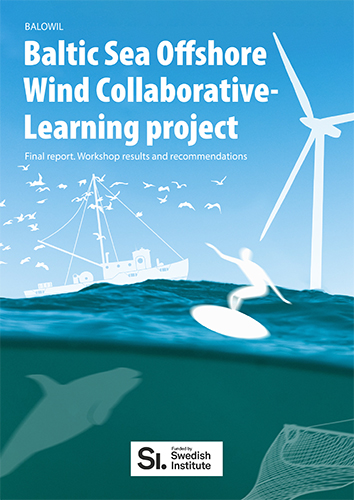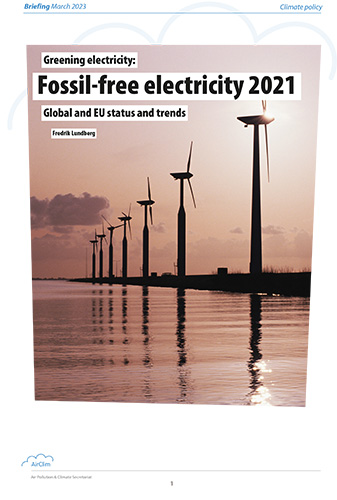
North American ship pollution will be curbed
The emission control area off North American coasts will deliver public health benefits hundreds of miles inland.
On 26 March the International Maritime Organization (IMO) officially designated waters off North American coasts as an Emission Control Area (ECA) in which stringent international emission standards will apply to ships. These standards will dramatically reduce air pollution from ships and deliver substantial air quality and public health benefits that extend hundreds of miles inland.
The ECA extends up to 200 nautical miles (370 kilometres) from the coast of the United States and Canada. This is the first ECA adopted under amendments to an IMO treaty in 2008 that strengthened and expanded both the ECA emissions standards and the approval criteria (see Acid News No. 2, 2009).
Entry into force for the new ECA will be 1 August 2011, which means that the stricter sulphur emission limits take effect from 1 August 2012.
In practice, implementation of the ECA means that ships entering the designated area would need to use compliant fuel1 for the duration of their voyage that is within that area, including time in port as well as voyages whose routes pass through the area without calling at a port. The quality of fuel that complies with the ECA standard will change over time. From the effective date in 2012, fuel used by all vessels operating in designated areas cannot exceed 1.0 per cent sulphur (10,000 parts per million). Beginning in 2015, fuel used by vessels operating in these areas cannot exceed 0.1 per cent sulphur (1,000 ppm). Beginning in 2016, new ships must use advanced emission control technologies to reduce NOx emissions.
Enforcing the ECA standards will ultimately reduce the sulphur content of fuel by 98 per cent, particulate matter (PM) emissions by 85 per cent and emissions of nitrogen oxides (NOx) by 80 per cent.
In 2020, the US Environment Protection Agency (EPA) expects emissions from ships operating in the designated area to be reduced by 320,000 tons for NOx, 90,000 tons for PM2.5, and 920,000 tons for SO2, which is 23 per cent, 74 per cent, and 86 per cent, respectively, below predicted levels in 2020 without applying the ECA.
The overall cost of the North American ECA is estimated at US$3.2 billion in 2020, while its benefits are expected to include preventing as many as 14,000 premature deaths and relieving respiratory symptoms for nearly five million people each year in the US and Canada. The monetized health-related benefits are estimated to be as much as US$110 billion in the US in 2020.
[1] According to IMO standards, exhaust-gas cleaning systems (e.g. scrubbers) that achieve equivalent sulphur emission reductions may be used as an alternative to low-sulphur fuels.
More information: www.epa.gov/otaq/oceanvessels.htm

 Download this issue
Download this issue










